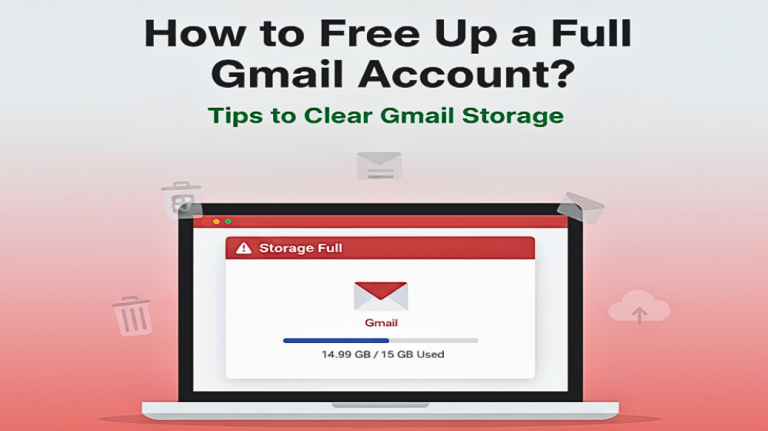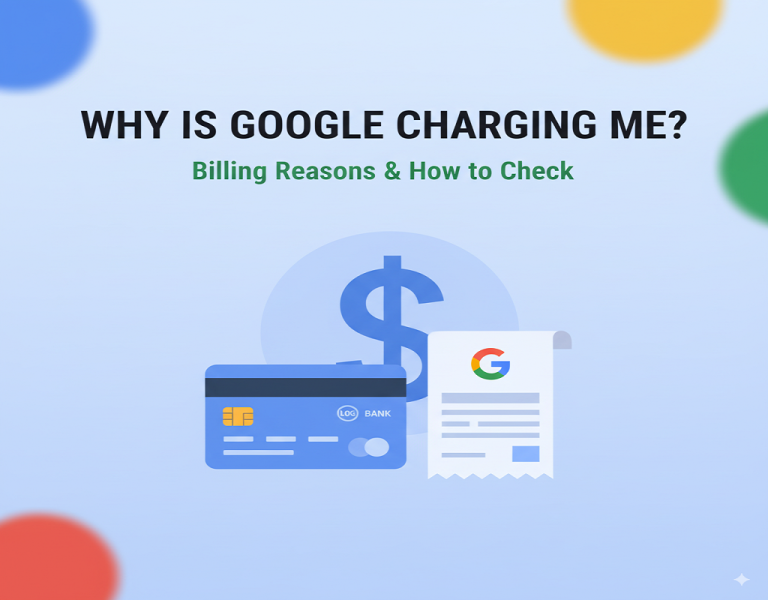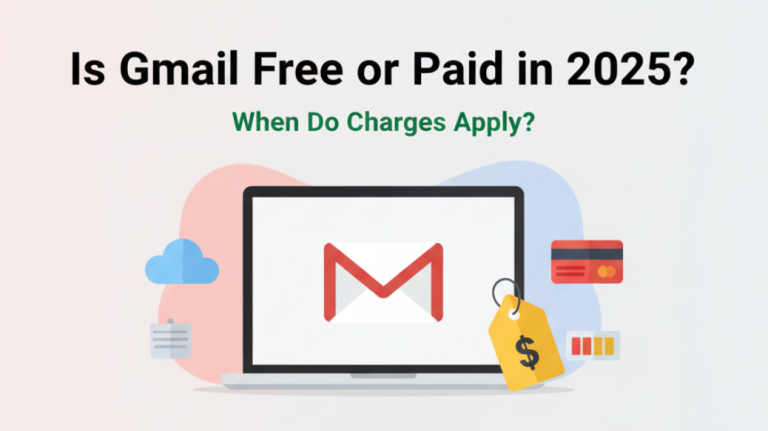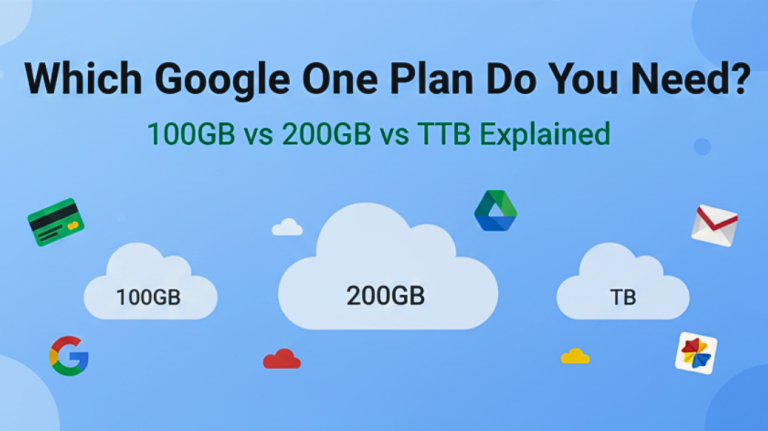Yes – having two (or more) Gmail accounts is perfectly allowed, and Google even builds in ways to juggle them easily. What’s not allowed is using extra accounts to break rules (e.g., ban evasion, spam), automating bulk sign-ups, or buying/selling accounts.
Is it legal – and OK with Google?
Multiple accounts are supported. Google documents how to sign in to multiple accounts at once on the web and switch between them. That’s an explicit feature, not a loophole.
Follow Gmail’s policies. Google’s policy page says don’t create or use multiple accounts to bypass policies or restrictions, and don’t create accounts by automated means or buy/sell accounts.
Phone verification is limited. Google limits how many accounts one phone number can verify (they don’t publish a fixed number); if you hit the limit, you’ll be prompted to use a different number.
Why people use multiple Gmail accounts
- Separate personal vs. work to keep inboxes organized and reduce cross-talk.
- Manage different projects/clients (common for freelancers and small teams).
- Control spam with a “throwaway” account for sign-ups, while keeping your primary inbox clean.
- Privacy for work accounts: If you use a company/School (Google Workspace) account, your admin can access and manage data – another reason to keep a truly personal account separate.
Alternatives to a second account (power tips)
You might not need a new account for every purpose:
- “Plus” aliases: Use
yourname+shopping@gmail.com,yourname+news@gmail.com, etc., then filter by that alias. - Dots don’t matter: Gmail ignores periods in addresses (
first.last@gmail.com=firstlast@gmail.com). Handy for tracking, though not every site treats them as the same login.
How to manage multiple Gmail accounts – smoothly
Switch accounts on the web
Click your profile picture (top-right) in any Google page → Add another account → sign in. After that, pick the account from the same menu to switch instantly.
Switch or combine on mobile (Android & iOS)
- Add another account: Gmail app → profile picture → Add another account
- Switch accounts: Gmail app → profile picture → select the account
- All inboxes (Android): Menu → All inboxes to view mail from every account together
Forward mail to one inbox
In the account you want to forward from: Settings → Forwarding and POP/IMAP → Add a forwarding address → verify → choose Forward a copy of incoming mail to. You can keep, archive, or delete Gmail’s copy.
Read/send from other addresses in one Gmail
- Gmailify: Link another mailbox (Yahoo, Outlook, AOL) to use Gmail’s interface and filters without changing your email address.
- POP/IMAP import: Enable POP in the other account and add it under Check mail from other accounts.
- Send mail as: Let one Gmail compose mail from your other address (verify it once). Settings → Accounts and Import → Send mail as → Add another email address.
Use separate Chrome profiles
Keep cookies, extensions, and bookmarks distinct for each Google account: Chrome profile menu → Add. This prevents “wrong account” surprises and keeps work/personal sessions tidy.
Rules, limits, and gotchas to know
- Don’t use extra accounts to bypass limits or bans. That violates Gmail policies and can get accounts disabled.
- Sending limits apply. Gmail caps how much you can send per day to reduce spam (limits vary by account type). Workspace accounts can send up to 2,000 messages/day per user; personal Gmail has lower, undocumented caps.
- Storage isn’t shared across accounts. Each Google Account gets 15 GB free (shared across Drive/Gmail/Photos). You can buy more via Google One.
- Workspace vs personal: With employer- or school-managed accounts, an admin may access or delete data; avoid personal use there.
Step-by-step: a clean, compliant setup
- Decide your split.
- Keep Personal (shopping, newsletters, banking)
- Keep Work/Client (contracts, project threads)
- Optionally a Throwaway/Sign-up inbox
- Create or sign in to each account, then enable multi-account sign-in on the web and add all accounts to the Gmail app.
- Optional consolidation:
- From your Personal account, Gmailify your non-Gmail addresses or set forwarding from secondary Gmail accounts into your primary.
- Add Send mail as so replies come from the right address.
- Organize with aliases and filters:
- Use
+aliases for sign-ups (e.g.,you+news@…) and auto-label them with filters.
- Use
- Ditch context switching headaches:
- Create separate Chrome profiles (e.g., “Work,” “Personal”) and pin each to its own taskbar/dock icon.
- Secure every account:
- Turn on 2-Step Verification or passkeys for phishing-resistant sign-in.
FAQ
How many Gmail accounts can I have?
There’s no posted hard cap on total accounts, but phone verification is rate-limited; if you create many accounts, you’ll be asked for another verification method.
Is it better to use one inbox for everything?
If you prefer one pane of glass, use Gmailify, forwarding, POP/IMAP, and Send mail as. If you want strict separation (privacy, focus), keep accounts separate and use Chrome profiles.
Can I move old mail between accounts?
Yes – import via POP or forwarding, or use Gmail’s built-in import tools.
Conclusion
Yes, multiple Gmail accounts are legal and supported. Use them responsibly – no automation, no resale, no policy-dodging. Google provides the tools – multi-account sign-in, Gmailify, forwarding, “Send mail as,” filters, and aliases – to manage them without chaos.





